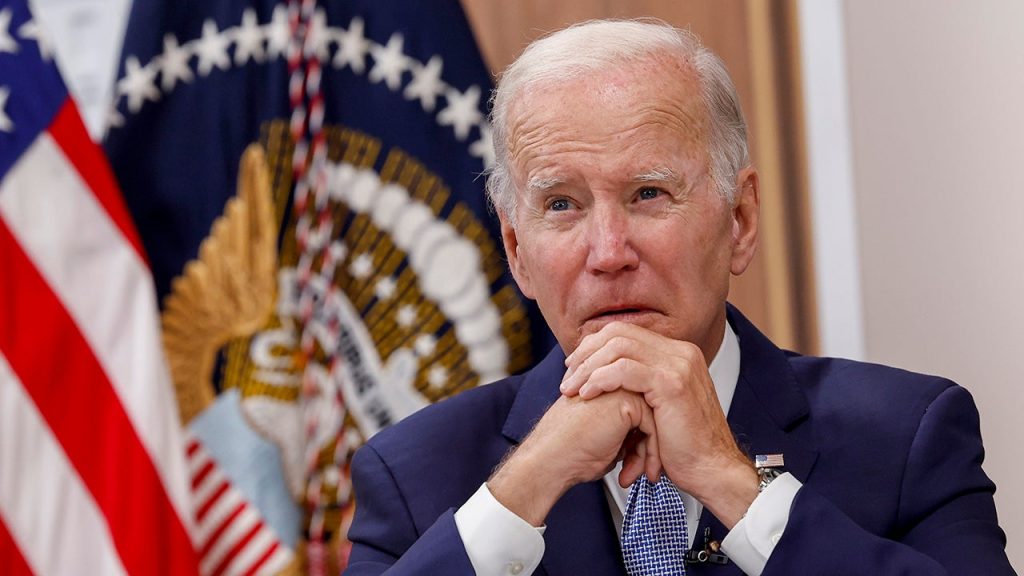In less than one week, student loan servicers will once again report late or missed federal student loan payments to the credit bureaus. Those who took advantage of President Joe Biden’s 12-month “on-ramp” must begin making on-time payments on their student loans or face credit score consequences. The program ends October 1.
In other student loan news, a judge extended the restraining order on Biden’s newest student debt forgiveness plan, further diminishing hopes for sweeping forgiveness. However, the Fed brought hope for borrowers when it cut the federal funds rate by 0.50 percent at its September 18 meeting. What that means for student loan interest rates varies by loan type, and impacts may be slow to arrive.
October 1 marks the end of repayment on-ramp
Student loan borrowers adjusting back to regular monthly payments will see their grace period end in a few days. Once again, late or missed payments could have consequences.
In October 2023, federal student loan payments resumed after a temporary pause caused by the COVID-19 pandemic. Borrowers had to make payments on their loans and interest began accruing on unpaid balances.
However, the Biden administration offered a 12-month period during which borrowers who were late on or missed payments would avoid certain outcomes. With the program’s conclusion on September 30, borrowers who are behind could face the following:
- Being considered delinquent.
- Being reported to the credit bureaus after 90 days of non-payment.
- Being placed in default after 270 days of non-payment.
What this means for borrowers
As of January, 29 percent of federal student loan borrowers in repayment were one or more days late on their payment, according to the U.S. Government and Accountability Office.
If you aren’t current on their payments, your credit score and history may be damaged — making it harder to get loans in the future. If you are in default, you may immediately owe your entire unpaid balance and interest
If you find yourself facing financial hardship, call your servicer right away to learn about your options, which may include adjusting your income-driven payment amount, deferring your loans or entering into forbearance.
Block on student debt forgiveness plan extended
A federal judge extended the temporary restraining order on the latest student loan debt relief plan for another two weeks. The block comes from an ongoing suit between the U.S. Department of Education and seven states claiming the debt cancellation effort is illegal. New policies like this must go through a negotiated rulemaking process, which the Department of Education expects to conclude this fall, but the states claim the Biden administration tried to forgive debt ahead of the decision. A U.S. district judge issued a temporary restraining order against the plan on September 5; it will now remain an additional 14 days past September 19.
The order prohibits the Education Department and loan servicers from forgiving any principal or interest under the plan.
The plan behind all of the litigation is President Biden’s Plan B for loan forgiveness. It would deliver relief to about 25 million Americans who:
- Hold a balance greater than the original amount borrowed.
- Have been repaying their undergraduate student loans for 20 years or graduate loans for 25 years or longer.
- Attended low-value programs or programs that did not meet the Education Department’s accountability standards.
- Would qualify for forgiveness through income-driven repayment but have not yet applied.
Biden’s original forgiveness plan was blocked by the Supreme Court before it took effect.
What this means for borrowers
While the restraining order extension won’t impact your monthly payment, it also suggests immediate relief is unlikely. While waiting for the ruling, borrowers should continue paying their student loans and not rely on promises of forgiveness to solve their financial burden — at least any time soon.
Current student loans news
Use the student loans news hub to stay updated with the latest news that could impact your balance and your wallet.
Learn more
Fed cuts rates, heralding lowering student loan interest rates
During the September 18 Federal Open Market Committee meeting, the Federal Reserve announced a 0.50 percent cut to the federal funds target rate. The highly anticipated rate cut was the first drop in four years, and experts forecast more cuts in the remainder of 2024 and into 2025.
“Student loan interest rates are another form of debt that closely tracks the Fed, albeit indirectly,” says Sarah Foster, principal U.S. economy and Federal Reserve reporter for Bankrate.
According to Foster, what this means for student loans depends on whether you have federal or private loans and fixed or variable rates — and whether you will be taking out new student loans next year.
What this means for borrowers
Federal student loan rates are fixed, so existing federal borrowers won’t see any impact, and Congress already determined the 2024-25 rates based on the 10-year Treasury yield.
However, Because the Fed is expected to cut interest rates over the course of the next 12 months, students who finance their education next year are bound to see lower interest rates,” Foster explains.
Advertised private student loan interest rates may drop sooner, especially if the rate cuts continue as predicted.
Those currently in repayment will only feel the change if they have a variable rate — and the immediate impact may be small.
If you’re currently in repayment and have fixed interest rates, you may have the opportunity to refinance your student loans to get a lower rate. However, there are drawbacks to doing so. Refinancing is not recommended if you have federal student loans, as it will change your loans to private ones.
Without federal loans, you’ll miss out on such protections and benefits as public service loan forgiveness, federal deferment and income-driven repayment plans. Before refinancing, make sure it makes sense for your situation and aligns with your financial goals.
Read the full article here










